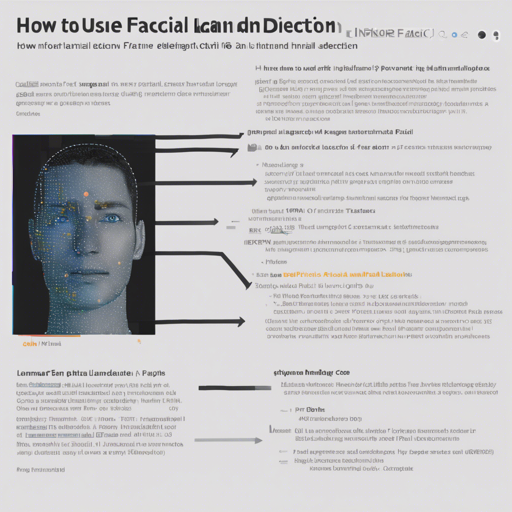Facial landmark detection is an exciting area in computer vision that allows us to analyze human faces in various contexts. With the Face Alignment Network (FAN), you can detect facial landmarks with remarkable accuracy. Whether you’re developing an application for augmented reality, emotion detection, or any other innovative project, getting started with FAN is a breeze! In this guide, we will walk through the steps to harness this powerful tool efficiently.
Requirements Before You Start
- Python 3.5 or newer (other versions may work too)
- Operating System: Linux, Windows, or macOS
- PyTorch version 1.5 or higher
- A CUDA-enabled GPU is highly recommended for optimal performance
Installation Steps
You can easily install the FAN package via pip or conda. Here’s how:
Using pip
pip install face-alignmentUsing conda
conda install -c 1adrianb face_alignmentFrom Source
If you prefer building from the source, clone the repository and install required dependencies:
git clone https://github.com1adrianb/face-alignment
pip install -r requirements.txt
python setup.py installGetting Started With Code
Let’s dive into how to implement the facial landmark detection with FAN:
Detecting 2D and 3D Facial Landmarks
Think of FAN as a skilled artist capable of drawing precise points on a canvas. In this analogy, the canvas represents the image, and the points are the facial landmarks. Here’s how you translate this idea into code:
Detect 2D Facial Landmarks
import face_alignment
from skimage import io
fa = face_alignment.FaceAlignment(face_alignment.LandmarksType.TWO_D, flip_input=False)
input_image = io.imread('test/assets/aflw-test.jpg')
predictions_2d = fa.get_landmarks(input_image)Detect 3D Facial Landmarks
fa = face_alignment.FaceAlignment(face_alignment.LandmarksType.THREE_D, flip_input=False)
predictions_3d = fa.get_landmarks(input_image)Processing Multiple Images
In case you’re dealing with an entire directory of images, FAN has you covered:
predictions_multiple = fa.get_landmarks_from_directory('test/assets/')Using Different Face Detectors
Just like a detective has various tools at their disposal, FAN allows you to choose from different face detectors. By default, the SFD face detector is used, but you can also opt for others like dlib or BlazeFace easily:
fa = face_alignment.FaceAlignment(face_alignment.LandmarksType.TWO_D, face_detector='dlib')Replication on CPU/GPU
By specifying the device flag, you can control the code’s performance based on your hardware:
fa = face_alignment.FaceAlignment(face_alignment.LandmarksType.TWO_D, device='cuda')Troubleshooting Tips
If you encounter any issues while using FAN, here are a few troubleshooting ideas:
- Make sure you have the compatible version of Python and PyTorch installed.
- Check if your CUDA is properly configured if utilizing a GPU.
- Ensure all dependencies are installed correctly if you built from source.
For more insights, updates, or to collaborate on AI development projects, stay connected with fxis.ai.
Contributions and Community
We encourage contributions! If you experience any issues or have new features in mind, feel free to explore this further.
Conclusion
At fxis.ai, we believe that such advancements are crucial for the future of AI, as they enable more comprehensive and effective solutions. Our team is continually exploring new methodologies to push the envelope in artificial intelligence, ensuring that our clients benefit from the latest technological innovations.

